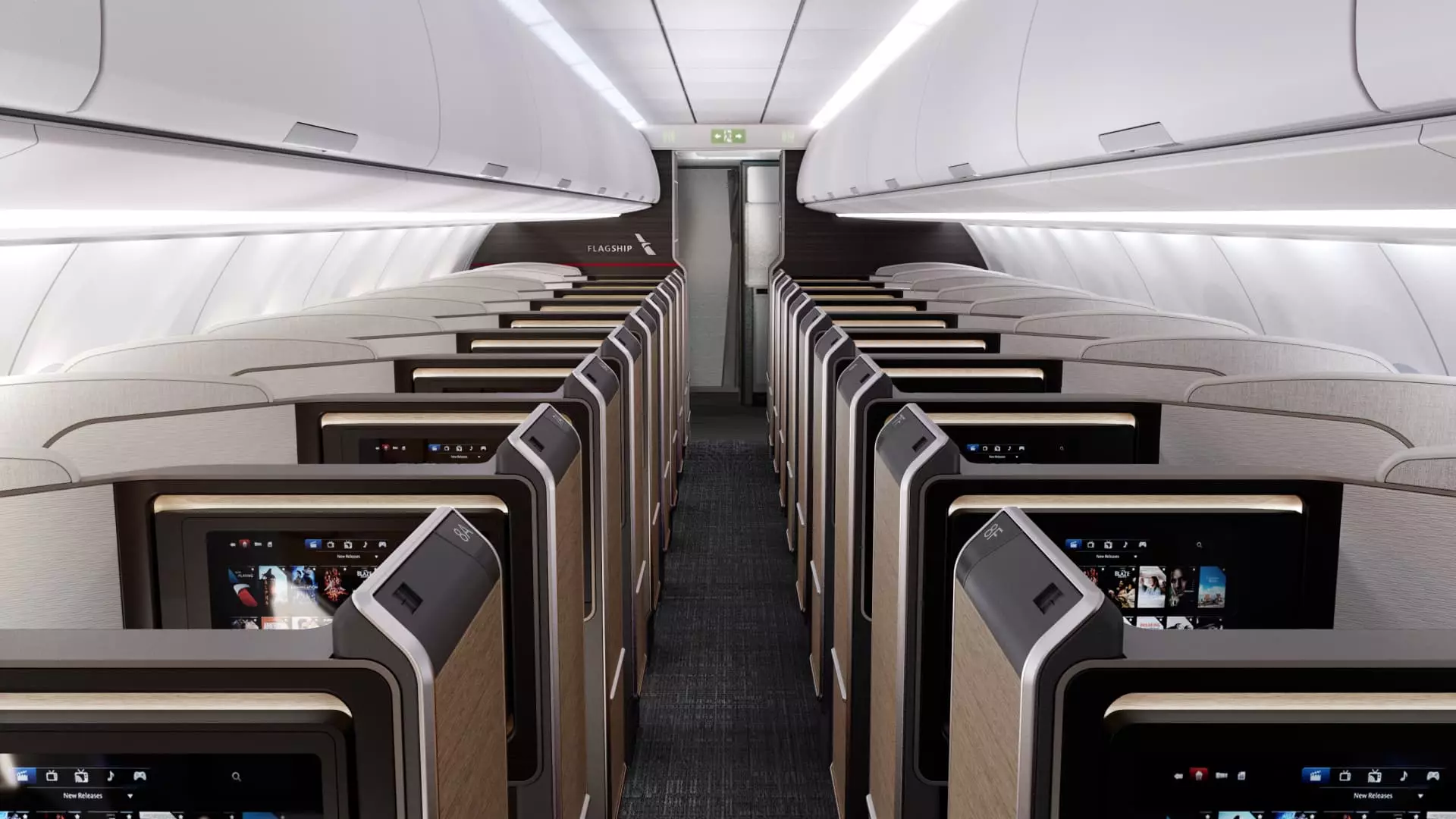Airlines have traditionally focused on cramming as many seats as possible into coach class. However, there is now a growing trend in the industry toward offering more spacious and comfortable seating options. This shift is driven by the desire to attract high-spending travelers who are willing to pay a premium for a more luxurious experience during their flights.
The Dissatisfaction with Standard Coach
Many passengers, like Natalie Rasmussen, a California-based application scientist, are no longer willing to settle for standard coach seats on long-haul flights. Rasmussen, who frequently travels to Europe, refuses to fly in cramped seats. Instead, she opts for business class or premium economy, a cabin class that offers more legroom, larger seat-back screens, and other perks. While premium seats come at a higher price, they provide a more comfortable and enjoyable journey.
Airline’s Pursuit of Profit
Premium seats have become increasingly significant for airlines as ticket prices generally fall and business travel gradually recovers from the impact of the Covid-19 pandemic. Despite the decline in overall travel demand, customers have demonstrated a willingness to pay for additional space onboard. In response, carriers are now engaged in an arms race to outfit their aircraft with high-end seating options to attract discerning travelers.
In recent years, the distribution of seats across various cabin classes has undergone significant changes. Economy seats, which have long dominated the market, now account for a smaller percentage of seats between the U.S. and Europe. The share of business-class seats has grown slightly, but the real standout is the rise of premium economy. This intermediate cabin class has seen a remarkable increase in its share of sold seats, demonstrating its growing popularity among passengers. Conversely, the share of first-class seats has declined.
Aircraft Upgrades and Innovations
Major airlines such as Delta, JetBlue Airways, United Airlines, American Airlines, Finnair, and Lufthansa have recently announced plans to upgrade their first-class seats, introduce suites with sliding doors, or enhance their premium economy cabins. These enhancements aim to provide passengers with a more luxurious and comfortable experience throughout their journey. For instance, Singapore Airlines now offers first-class cabins with full-height doors, making travel companions’ beds and the square footage of a small hotel room available. Emirates goes a step further by providing first-class passengers with an onboard shower on select aircraft.
The price difference between premium and economy seats can be significant. For example, a premium economy ticket for a round trip between New York and Paris on Delta Air Lines can cost over $3,000, compared to approximately $1,000 for a regular economy ticket. First-class tickets for the same route easily exceed $5,000. Despite occupying a fraction of the aircraft seating market, estimated at $2.6 billion by AeroDynamic Advisory, demand for premium seating is steadily growing. Delta predicts that premium ticket sales will account for 35% of its record $19 billion in revenue this year, compared to 24% of $10 billion in 2014. American Airlines also plans to expand its premium seats by more than 45% by 2026.
The Future of Luxury Travel
Airlines must strike a balance between different seating options to cater to the diverse demands of their passengers. According to Shai Weiss, CEO of Virgin Atlantic, finding the right configuration is crucial. The London-based airline offers various seat configurations based on the popularity of specific routes. Routes with high demand from vacationers, like London to Orlando, Florida, feature more economy seats. On the other hand, routes where travelers are willing to pay a premium, such as transatlantic flights, have a higher concentration of upper-class seats. Adapting cabin layouts to meet customer preferences requires careful planning and execution.
Airlines are investing in roomier seats to attract high-end travelers who are seeking a more comfortable and enjoyable flying experience. The market demand for premium seating options is growing, and airlines are responding by introducing innovative designs and upgrading their existing cabins. This shift reflects a significant change in consumer preferences and highlights the value that passengers place on comfort and luxury during their journeys. As the industry evolves, airlines must continue to adapt their offerings to meet the demands of discerning travelers and find the right balance between seating options to maximize profitability.

Leave a Reply